Good morning everyone,
I hope you are doing well even when you are having to deal with the cold and shoveling of winter. Yesterday was yet another snow storm, but luckily it went north so we only had to deal with a couple more inches of snow here in Ohio.
I am looking forward to spring time. When the snow melts away and reminds us of things starting to grow, new animals being born, and the warm feeling of the sun on your face.
I envision the start of the sales process with a new prospect of current customer with a new product the same way. A feeling of a beginning of something new. It gets me to think through the sales process and strategy sessions as I walk through the steps in my head with the person and see how I am going to make sure this product fits their needs.
Last week we talked about the commitments of rapport which is time. You must be able to offer something to the prospect to gain some time with them. The prospect is busy so we need to do our best to give them something if we want something in return of equal or greater value. Sales people tend to be self-oriented, but I challenge that I push to be others focused. This week we will talk about the next couple of commitments and how they look.
The next step in the sales process after rapport is asking questions. Sometimes that can be done in the same meeting as building rapport which is what I try for, or schedule a meeting to come back to revisit some of the data plus an opportunity to show the prospect or customer something else of value to them after learning about them a little more.
When asking questions, you still need the commitment of time whether it be an owner operator, end user, or a group decision. The main focus is still with the primary contact with the individual even if there is a group that will make the decision. This person will be your champion to move forward if the product fits their needs as a company. Time is their commitment that must be able to give so that you can ask more questions about the organization and their needs. Being that they are the same commitment I try to do my best to ask best questions in the meeting that I am building rapport. Sprinkling them in every now and then when having the conversation. This tends to make the prospect more likely to answer them and be more relaxed. I also like to use the mirroring tactic at this point that helps go deeper.
The mirroring tactic is what hostage negotiators use to pull more information out of the bad guys. It really works as I have learned of recent in sales. It works like this. When the person you are speaking with makes a statement, you follow up with the last three words they said. This makes them feel like they need to go into more detail subconsciously to help you understand. Doing so in a calm voice eases them into telling you more and more until you feel like you have gotten as much information as you need. Try it on your significant other or friends sometime while you are out and see how long you can keep them going without grinning.
The next step in the sales process is “Needs Analysis”. This is where you are sitting with the customer / prospect and asking them if you understand their needs correctly. The commitment for this is trust / exploration. They need to trust you a bit and make sure that you understand their needs fully which is exploring them together. The person on the other side of the table will need to trust you at that point and be willing to explore with you some root causes that you will lead them to get to together.
If you have done a good job building rapport and have some level of trust with them, then they will likely allow you to come back or asking more questions to have a conversation about their needs. I do caution that people tend to think they know all the answers, so tend to use a little humility to position that you are trying to understand them better. This lowers their resistance and helps them feel that they can confide in you. This is where you have already structured questions around you benefits to pull our those needs to the customer. Make sure you are asking the best questions. I also recommend wearing light blue and white in your color scheme as those colors represent truthfulness in the subconscious.
Once you have moved out of this step you are ready to start the Agree on Need which brings you to the point where they need to commit to be open to change. The prospect must be open to change at this point to believe that there may be another way and that they should hear you out and see if you truly understand them. You will be reviewing your best questions previously to make sure they are solidified in the prospect’s mind that they are real needs for them. This is setting the stage for the selling steps that most people are comfortable with, but for now lets break so that you can think back about how all this flows together.
As always if you have questions, want to dig deeper, or if you would like to ask about other topics feel free to reach out to me at info@kevinsidebottom.com
Sincerely,
Kevin Sidebottom
Sales and Leadership Enterprises
